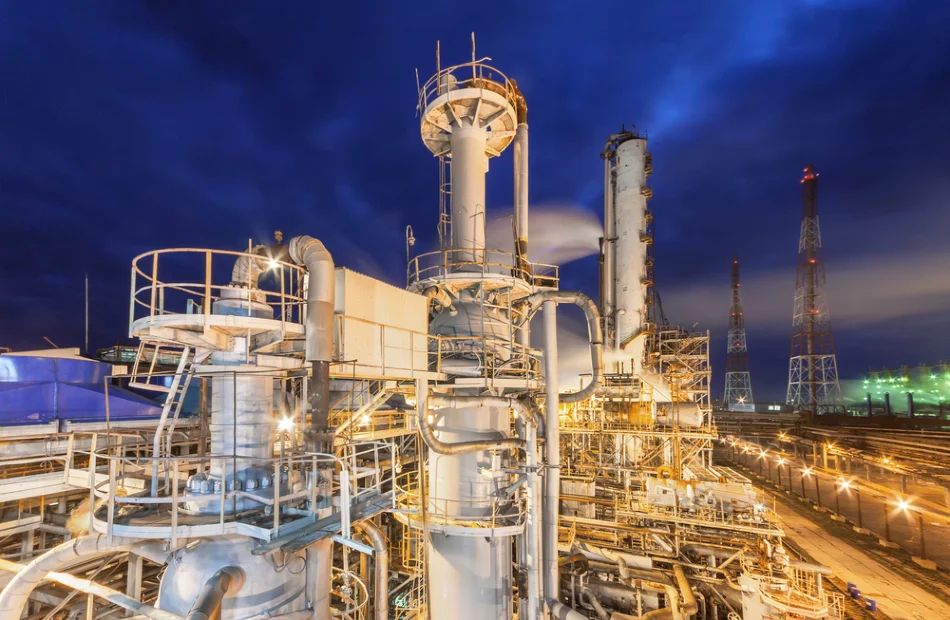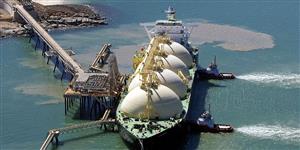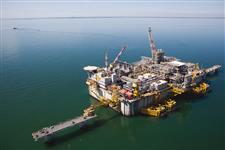
Shift Towards Ammonia Production for Hydrogen Exports Expected by 2035
Posted 27/09/2023 13:57
As the global push for decarbonization and energy security continues, hydrogen is gaining prominence as a clean energy source. To export hydrogen in large volumes, many major infrastructure projects are considering transporting it in the form of ammonia, which offers enhanced safety and cost-effectiveness. Rystad Energy predicts that by 2035, 174 export terminals will primarily focus on converting hydrogen into ammonia, accounting for approximately 62% of total exported volumes, or about 13.5 million tonnes per annum (tpa).
This shift is expected to result in a substantial increase in clean ammonia transportation and trade. The traded volumes of ammonia are projected to reach 76 million tonnes by 2035, a fourfold increase compared to 2020. This surge in ammonia trade, primarily originating from Africa and North America, will lead to a fivefold increase in ammonia exports by 2050, reaching 121 million tonnes.
Several nations, including Japan and Germany, have adjusted their national hydrogen strategies to accommodate a larger role for this fuel in achieving net-zero emission targets. While uncertainties persist regarding future trade dynamics, some project developers may opt to partially convert hydrogen to ammonia or explore alternative transportation methods. Investors are also gaining confidence in the ammonia market, leading to significant near-term investments.
Hydrogen can be produced in different ways, with green hydrogen being the cleanest but most expensive form, produced using renewable energy. Blue hydrogen, produced using natural gas, is more cost-efficient and seen as a transition fuel. The infrastructure for liquefied natural gas (LNG) could potentially be adapted to transport hydrogen as well.
This transition to ammonia as a hydrogen carrier represents a significant development in the global energy landscape, as it enables safer and more efficient transport of clean energy sources. This trend aligns with the growing demand for sustainable energy solutions and the need to optimize existing assets for future market expansion.









